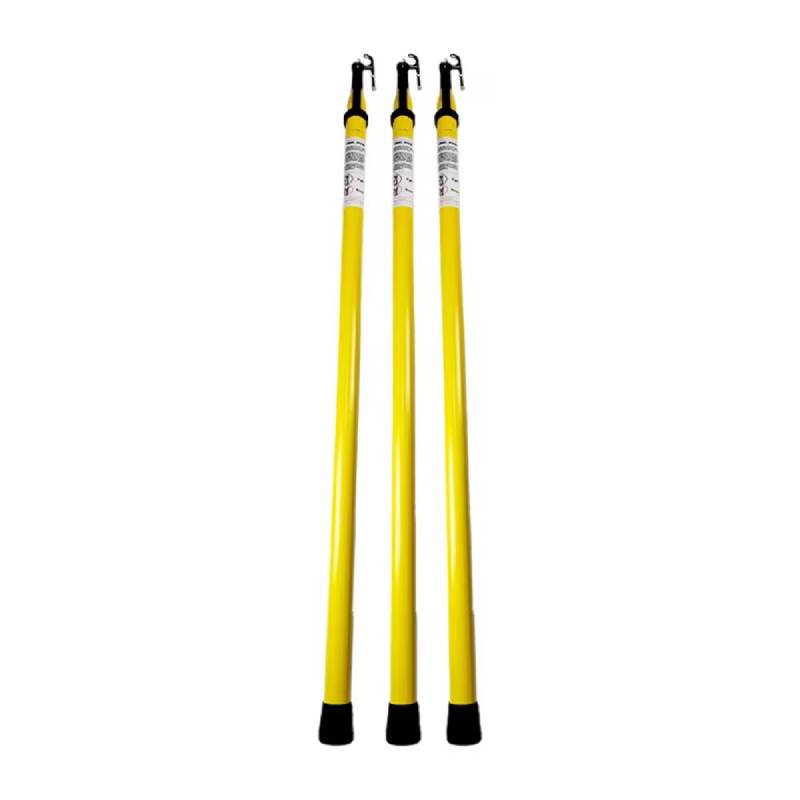
-
 Afrikaans
Afrikaans -
 Albanian
Albanian -
 Amharic
Amharic -
 Arabic
Arabic -
 Armenian
Armenian -
 Azerbaijani
Azerbaijani -
 Basque
Basque -
 Belarusian
Belarusian -
 Bengali
Bengali -
 Bosnian
Bosnian -
 Bulgarian
Bulgarian -
 Catalan
Catalan -
 Cebuano
Cebuano -
 Corsican
Corsican -
 Croatian
Croatian -
 Czech
Czech -
 Danish
Danish -
 Dutch
Dutch -
 English
English -
 Esperanto
Esperanto -
 Estonian
Estonian -
 Finnish
Finnish -
 French
French -
 Frisian
Frisian -
 Galician
Galician -
 Georgian
Georgian -
 German
German -
 Greek
Greek -
 Gujarati
Gujarati -
 Haitian Creole
Haitian Creole -
 hausa
hausa -
 hawaiian
hawaiian -
 Hebrew
Hebrew -
 Hindi
Hindi -
 Miao
Miao -
 Hungarian
Hungarian -
 Icelandic
Icelandic -
 igbo
igbo -
 Indonesian
Indonesian -
 irish
irish -
 Italian
Italian -
 Japanese
Japanese -
 Javanese
Javanese -
 Kannada
Kannada -
 kazakh
kazakh -
 Khmer
Khmer -
 Rwandese
Rwandese -
 Korean
Korean -
 Kurdish
Kurdish -
 Kyrgyz
Kyrgyz -
 Lao
Lao -
 Latin
Latin -
 Latvian
Latvian -
 Lithuanian
Lithuanian -
 Luxembourgish
Luxembourgish -
 Macedonian
Macedonian -
 Malgashi
Malgashi -
 Malay
Malay -
 Malayalam
Malayalam -
 Maltese
Maltese -
 Maori
Maori -
 Marathi
Marathi -
 Mongolian
Mongolian -
 Myanmar
Myanmar -
 Nepali
Nepali -
 Norwegian
Norwegian -
 Norwegian
Norwegian -
 Occitan
Occitan -
 Pashto
Pashto -
 Persian
Persian -
 Polish
Polish -
 Portuguese
Portuguese -
 Punjabi
Punjabi -
 Romanian
Romanian -
 Russian
Russian -
 Samoan
Samoan -
 Scottish Gaelic
Scottish Gaelic -
 Serbian
Serbian -
 Sesotho
Sesotho -
 Shona
Shona -
 Sindhi
Sindhi -
 Sinhala
Sinhala -
 Slovak
Slovak -
 Slovenian
Slovenian -
 Somali
Somali -
 Spanish
Spanish -
 Sundanese
Sundanese -
 Swahili
Swahili -
 Swedish
Swedish -
 Tagalog
Tagalog -
 Tajik
Tajik -
 Tamil
Tamil -
 Tatar
Tatar -
 Telugu
Telugu -
 Thai
Thai -
 Turkish
Turkish -
 Turkmen
Turkmen -
 Ukrainian
Ukrainian -
 Urdu
Urdu -
 Uighur
Uighur -
 Uzbek
Uzbek -
 Vietnamese
Vietnamese -
 Welsh
Welsh -
 Bantu
Bantu -
 Yiddish
Yiddish -
 Yoruba
Yoruba -
 Zulu
Zulu


Nov . 30, 2024 09:11 Back to list
16mm Earth Cable Specifications and Applications for Electrical Installations and Grounding Solutions
Understanding 16mm² Earth Cable Specifications, Applications, and Importance
Electrical systems are critical to modern life, powering our homes, businesses, and infrastructure. A key component of electrical systems is the earthing or grounding system, which is essential for both safety and functionality. Among the various types of earthing cables used, the 16mm² earth cable stands out in terms of its specifications and applications. In this article, we will explore what a 16mm² earth cable is, its significance, and its typical uses.
What is a 16mm² Earth Cable?
The 16mm² designation refers to the cross-sectional area of the copper or aluminum conductor within the cable. This measurement is crucial as it dictates the cable’s ability to handle electrical currents safely. A 16mm² cable typically consists of several strands of copper or aluminum wires insulated to ensure safety and durability. The Earth cable plays a pivotal role in creating a safe electrical environment by providing a path for fault currents to flow directly into the ground, which protects individuals and equipment from electrical shocks and surges.
Importance of Earthing
Earthing is a fundamental safety measure in electrical systems. It prevents electric shock hazards by directing excess electricity safely into the ground. This is particularly important in the event of a fault or short circuit within an electrical system. A 16mm² earth cable can carry sufficient current to ground, ensuring that the electrical supply is securely managed.
In industrial settings, grounding is especially critical. Equipment often involves high voltages and large currents, increasing the risk of serious electrical hazards. Utilizing a 16mm² earth cable as part of the grounding system can help protect workers, reduce equipment damage, and adhere to safety regulations.
Key Specifications
When selecting a 16mm² earth cable, understanding its specifications is vital. Common options include
2. Insulation The insulation material protects the conductive core from environmental factors and physical damage. PVC (Polyvinyl Chloride) and XLPE (Cross-Linked Polyethylene) are common choices, depending on the application.
16mm earth cable

3. Temperature Rating The cable must be suitable for the operating temperature of the environment where it will be installed. Cables are usually rated for temperatures ranging from -20°C to +90°C.
4. Current Carrying Capacity A 16mm² earth cable typically has a current-carrying capacity ranging from 60 to 90 amps, depending on the installation method and ambient temperature.
Common Applications
The 16mm² earth cable is widely used in various applications, including
- Residential Buildings In homes, a 16mm² earthing cable connects the electrical system to the ground, ensuring safety for appliances and human life.
- Industrial Installations Factories and industrial sites often employ 16mm² cables to ground heavy machinery and equipment, safeguarding workers from electrical hazards.
- Commercial Buildings Shopping centers, offices, and other commercial properties use these cables as part of their earthing systems to meet safety standards.
- Outdoor Installations Electrical installations exposed to the elements, such as streetlights, signage, and outdoor receptacles, often utilize 16mm² earth cables for added protection.
Conclusion
In summary, the 16mm² earth cable is a crucial component in electrical systems, providing a safe path for fault currents and contributing to overall electrical safety. Its applications span from residential to industrial environments, showcasing its versatility and importance. By understanding the specifications and roles of 16mm² earth cables, professionals and homeowners can ensure that their electrical systems are equipped for safety and performance. Whether in new installations or upgrades, investing in a reliable earthing system with appropriate cables is essential for protecting both people and property.
Latest news
What Are Construction Tools and How Are They Used?
NewsJul.11,2025
Professional-Grade Duct Rodding Tools for Superior Cable Installation
NewsJul.11,2025
Enhancing Safety and Efficiency with Modern Hot Stick Solutions
NewsJul.11,2025
Empowering Cable Installation with Advanced Rodder Solutions
NewsJul.11,2025
Elevate Your Cable Installation Projects with Cable Pulling Tools
NewsJul.11,2025
Efficient Cable Handling Solutions: Cable Rollers for Sale
NewsJul.11,2025











